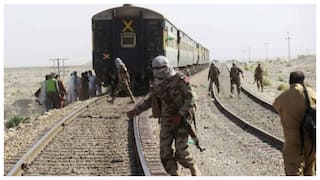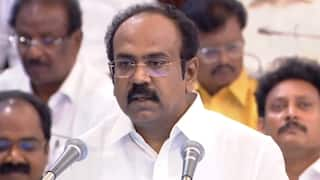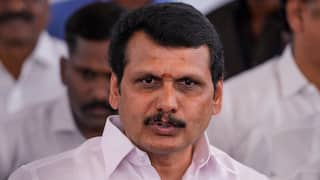Explorer
Mumbai Has A Water Crisis Looming. How Prepared Is The 'Maximum City'?

File photo of residents awaiting water supply at the public tap in a Mumbai locality as they face water crisis and have to rely on water tankers daily.
Source : Getty
The recent strike by water tanker owners laid bare the city's dependence on them, shattering the illusion that Mumbai solely relies on water from its surrounding lakes. As towering skyscrapers multiply, so does the demand for water. Groundwater supplied by tankers has now become the city's second most vital source of water, and its significance is only increasing with time.
For many Mumbai residents, the week began in distress as their taps ran dry. Those with the means resorted to buying
Follow Blog News on ABP Live for more latest stories and trending topics. Watch breaking news and top headlines online on ABP News LIVE TV
Trending News



































